Home>Renovation & DIY>Tools & Equipment>How To Remove A Hex Screw Without A Screwdriver
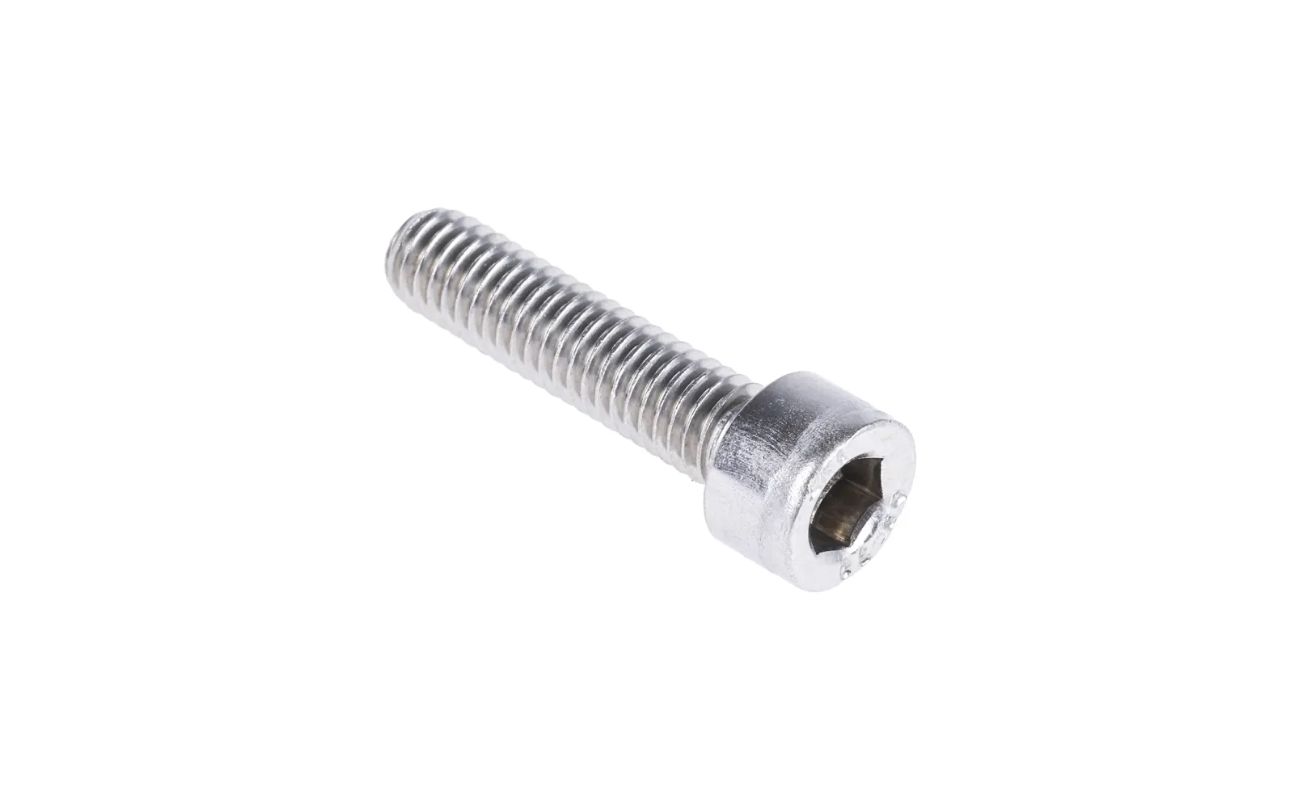

Tools & Equipment
How To Remove A Hex Screw Without A Screwdriver
Modified: January 4, 2024
Learn how to remove a hex screw without a screwdriver using alternative tools and equipment. Discover effective methods for tackling this common DIY challenge.
(Many of the links in this article redirect to a specific reviewed product. Your purchase of these products through affiliate links helps to generate commission for Storables.com, at no extra cost. Learn more)
Introduction
When you find yourself facing a stubborn hex screw without a screwdriver in sight, frustration can quickly set in. But fear not! There are several ingenious methods that can come to your rescue, allowing you to remove that pesky hex screw without the need for a traditional screwdriver. Whether you're in a bind and need a quick fix or you simply enjoy exploring unconventional solutions, these methods can be invaluable. From using everyday household items to employing a touch of creativity, the following techniques will empower you to tackle the challenge with confidence. So, let's dive into the world of alternative hex screw removal methods and discover the resourcefulness that can save the day!
Key Takeaways:
- Don’t have a screwdriver? No problem! You can use everyday items like rubber bands, duct tape, and even a precision tweezer to remove a hex screw. Get creative and tackle the challenge with confidence!
- When faced with a stubborn hex screw and no screwdriver, think outside the toolbox! From rubber bands to pliers, there are inventive ways to conquer the challenge without traditional tools. Embrace your resourcefulness and overcome obstacles with creativity.
Method 1: Using a Rubber Band
When faced with a hex screw and lacking a screwdriver, a simple rubber band can become your greatest ally. Here’s how to leverage this everyday item to conquer the challenge:
- Step 1: Place the rubber band over the head of the hex screw, ensuring a snug fit.
- Step 2: Insert the rubber band into the hex cavity, pressing it firmly to fill the space.
- Step 3: Apply gentle, steady pressure while turning the rubber band counterclockwise to loosen the screw.
This method capitalizes on the rubber band’s elasticity, effectively increasing friction and providing the traction needed to turn the screw. The rubber band molds to the shape of the hex cavity, creating a makeshift grip that mimics the functionality of a screwdriver. With patience and a firm grip, the hex screw will gradually yield, allowing for its removal without the need for a traditional tool.
So, next time you find yourself in a pinch without a screwdriver, remember that a humble rubber band can be your secret weapon in overcoming the challenge of a stubborn hex screw.
Method 2: Using Duct Tape
When faced with a hex screw and lacking a screwdriver, duct tape emerges as an unexpected hero, offering a versatile solution to the problem at hand. Here’s how to employ this household essential to tackle the challenge:
- Step 1: Tear off a length of duct tape, ensuring it is long enough to provide a firm grip on the hex screw.
- Step 2: Fold the duct tape over itself, creating a non-sticky loop with the adhesive side facing outward.
- Step 3: Affix the loop of duct tape onto the head of the hex screw, ensuring a secure connection.
- Step 4: Apply steady, even pressure while turning the duct tape counterclockwise to loosen the screw.
By utilizing the adhesive properties of the duct tape, this method effectively creates a makeshift grip that adheres to the hex screw’s head. The loop of duct tape molds to the contours of the screw, providing the necessary traction to facilitate its removal. With patience and a steady hand, the hex screw will gradually yield, allowing for its extraction without the aid of a conventional screwdriver.
So, the next time you find yourself without a screwdriver, remember that duct tape can serve as a versatile alternative, showcasing its ability to resolve challenges beyond its traditional applications.
Method 3: Using a Flathead Screwdriver
When confronted with a hex screw and lacking the appropriate screwdriver, improvisation becomes essential. In this scenario, a flathead screwdriver can be repurposed to tackle the challenge, despite its mismatched design. Here’s how to adapt this tool to the task at hand:
- Step 1: Select a flathead screwdriver that closely matches the width of the hex screw’s cavity.
- Step 2: Position the flathead screwdriver at a slight angle within the hex cavity, ensuring a secure fit.
- Step 3: Apply firm, even pressure while turning the screwdriver counterclockwise to loosen the hex screw.
Although not specifically designed for hex screws, a flathead screwdriver can effectively engage with the edges of the cavity, providing the necessary grip to facilitate the screw’s removal. By leveraging the tool’s sturdy construction and leveraging its edge to engage with the screw’s contours, you can overcome the absence of a dedicated hex screwdriver. With patience and precision, the hex screw will gradually yield, allowing for its extraction without the need for a specialized tool.
So, when faced with a hex screw and lacking the appropriate screwdriver, don’t underestimate the adaptability of a flathead screwdriver, as it can serve as a viable alternative in a pinch.
If you don’t have a screwdriver, try using a rubber band to grip the hex screw and twist it out. The rubber band provides extra grip to help loosen the screw.
Method 4: Using a Pair of Pliers
When a hex screw presents itself, and the appropriate screwdriver is nowhere to be found, a pair of pliers can step in to save the day. Here’s how to utilize this versatile tool to tackle the challenge:
- Step 1: Select a pair of pliers with jaws that can securely grip the sides of the hex screw’s head.
- Step 2: Position the jaws of the pliers around the head of the hex screw, ensuring a firm and secure grip.
- Step 3: Apply steady, even pressure while turning the pliers counterclockwise to loosen the screw.
By leveraging the gripping power of the pliers, this method effectively provides the traction needed to engage with the hex screw’s head. The sturdy jaws of the pliers firmly grasp the sides of the screw, allowing for controlled and precise turning without the need for a dedicated screwdriver. With patience and a steady hand, the hex screw will gradually yield, enabling its removal without the aid of traditional tools.
So, when faced with a hex screw and lacking the appropriate screwdriver, a pair of pliers can step in as a reliable alternative, showcasing its versatility in resolving unexpected challenges.
Method 5: Using a Precision Tweezer
When a hex screw stands in your way, and a screwdriver is nowhere to be found, a precision tweezer can offer a delicate yet effective solution to the problem. Here’s how to employ this fine tool to tackle the challenge:
- Step 1: Select a precision tweezer with a pointed tip and a sturdy grip.
- Step 2: Position the pointed tip of the tweezer into the hex cavity, ensuring a secure and precise fit.
- Step 3: Apply gentle, controlled pressure while turning the tweezer counterclockwise to loosen the screw.
Despite its diminutive size, a precision tweezer can effectively engage with the contours of the hex screw, providing the necessary grip to facilitate its removal. The pointed tip of the tweezer allows for precise maneuvering within the hex cavity, enabling controlled turning without the need for a traditional screwdriver. With patience and a steady hand, the hex screw will gradually yield, allowing for its extraction without the aid of conventional tools.
So, when faced with a hex screw and lacking the appropriate screwdriver, a precision tweezer can prove to be an unexpectedly effective alternative, showcasing its finesse in resolving intricate challenges.
Conclusion
When the absence of a screwdriver threatens to halt your progress, these inventive methods offer a lifeline, demonstrating the remarkable adaptability of everyday items and tools. From the humble rubber band to the precision tweezer, each method showcased the resourcefulness and creativity that can overcome the challenge of a hex screw without the traditional tool.
By leveraging the elasticity of a rubber band, the adhesive properties of duct tape, the versatility of a flathead screwdriver, the gripping power of pliers, and the precision of a tweezer, you can confidently navigate the task at hand, even in the absence of a dedicated screwdriver.
These methods not only provide practical solutions but also inspire a mindset of ingenuity and flexibility when facing unexpected obstacles. They illustrate that with a touch of creativity and a willingness to improvise, seemingly insurmountable hurdles can be overcome with ease.
So, the next time a hex screw stands in your way and a screwdriver is out of reach, remember these inventive methods and embrace the opportunity to showcase your resourcefulness. With these techniques in your repertoire, you can confidently tackle any hex screw, knowing that a lack of traditional tools is no match for your innovative spirit.
Frequently Asked Questions about How To Remove A Hex Screw Without A Screwdriver
Was this page helpful?
At Storables.com, we guarantee accurate and reliable information. Our content, validated by Expert Board Contributors, is crafted following stringent Editorial Policies. We're committed to providing you with well-researched, expert-backed insights for all your informational needs.
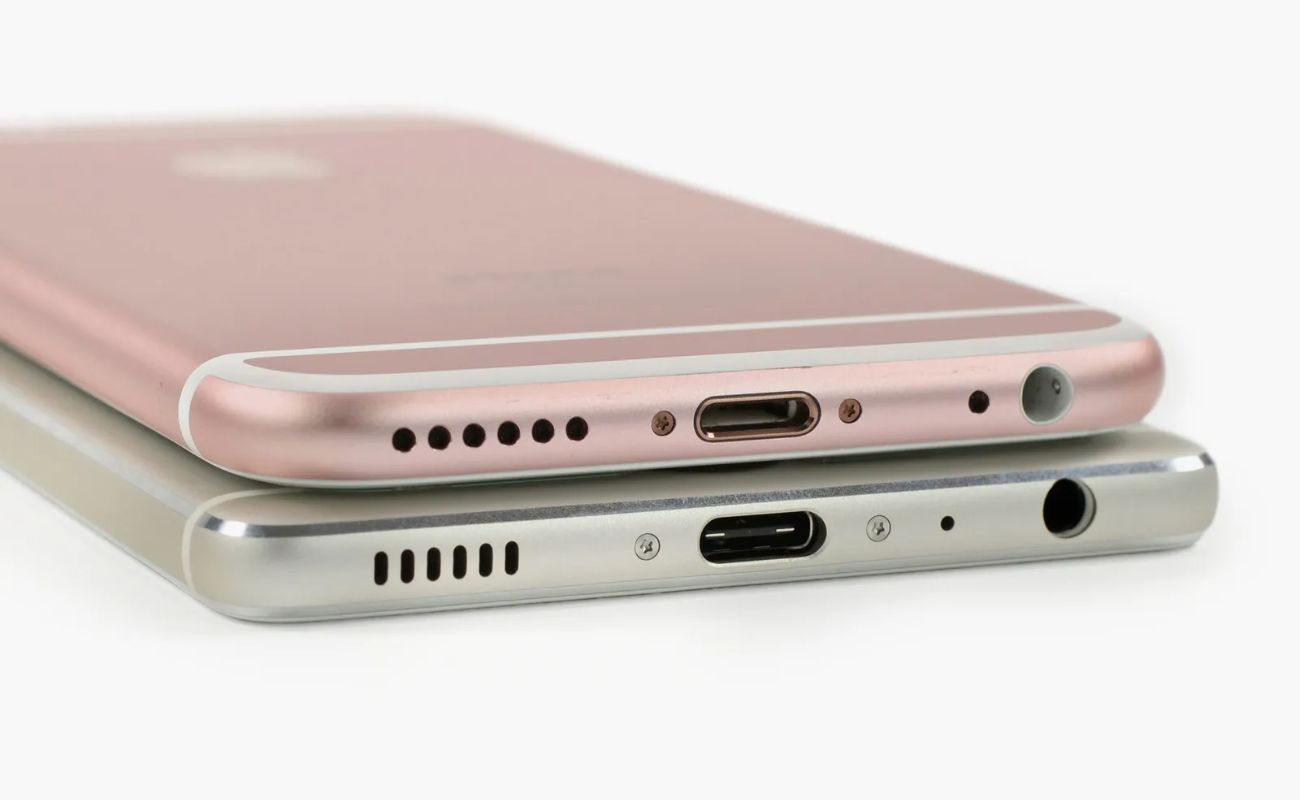
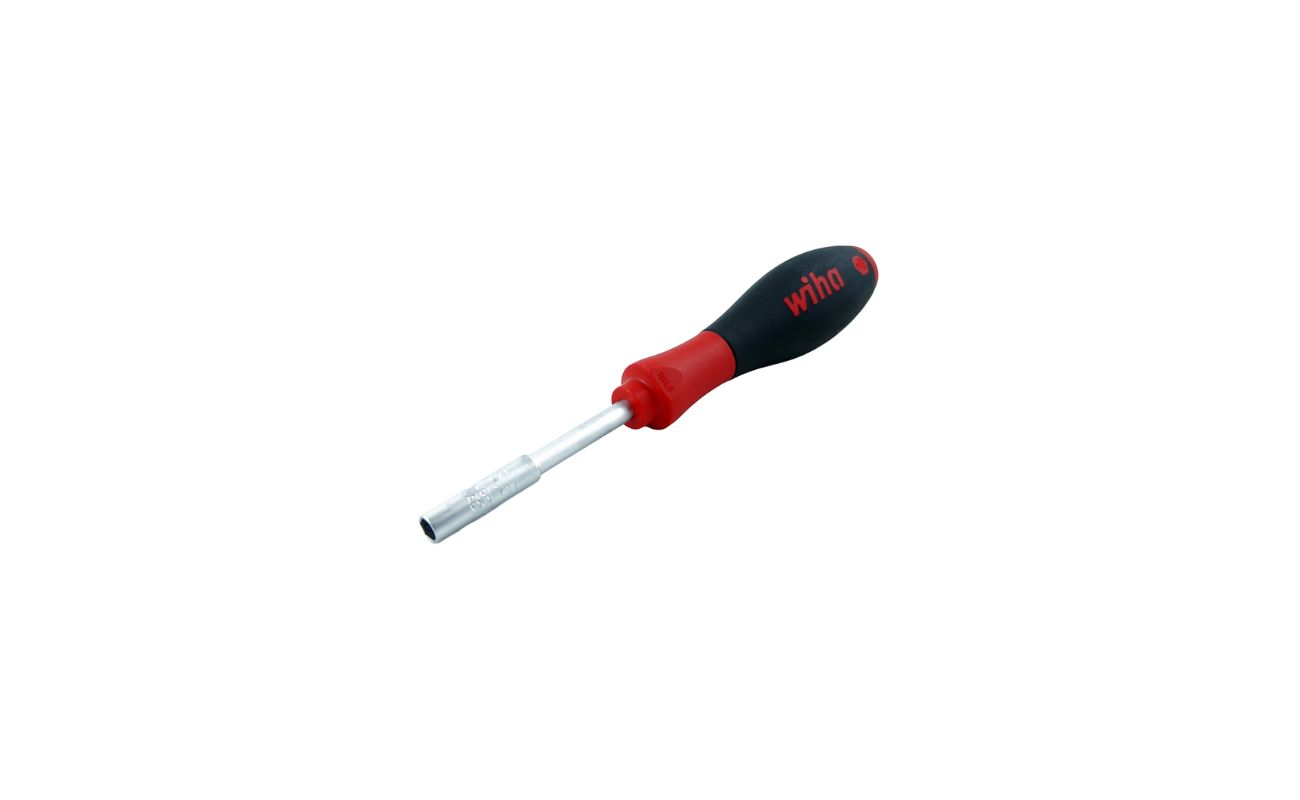
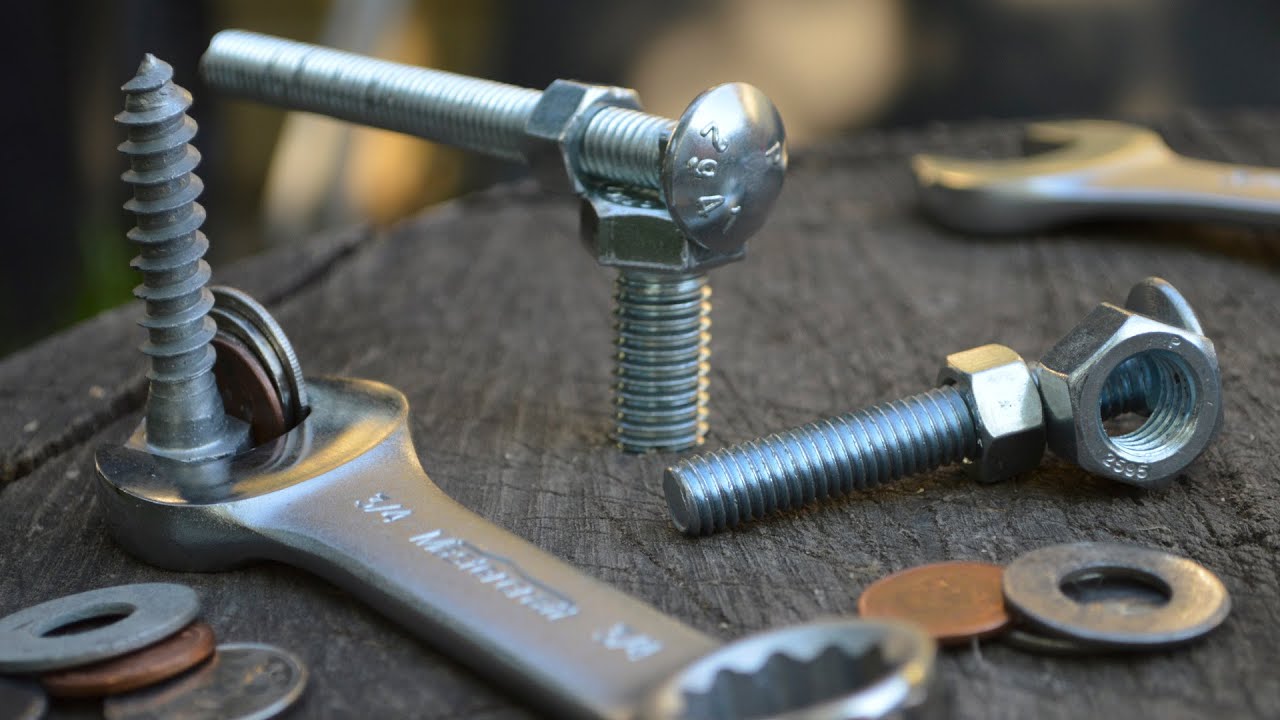
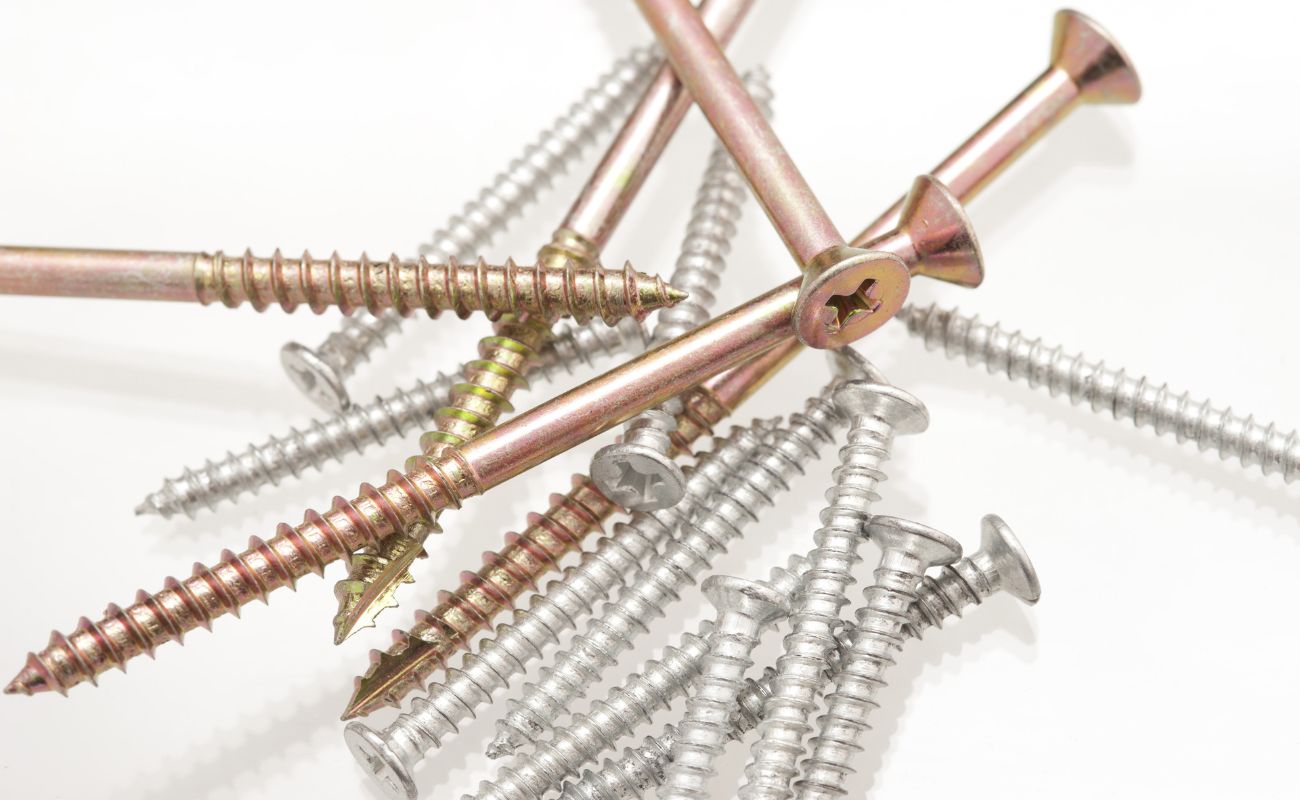
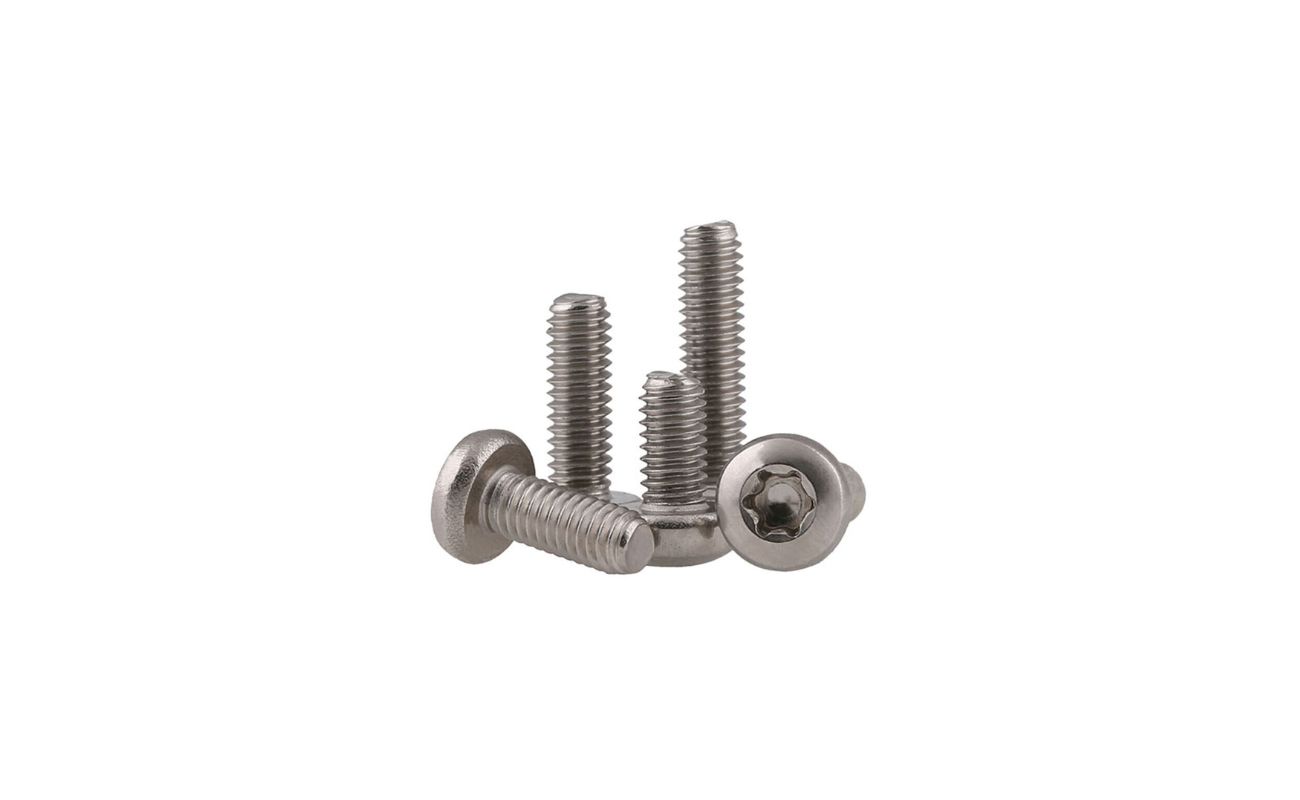
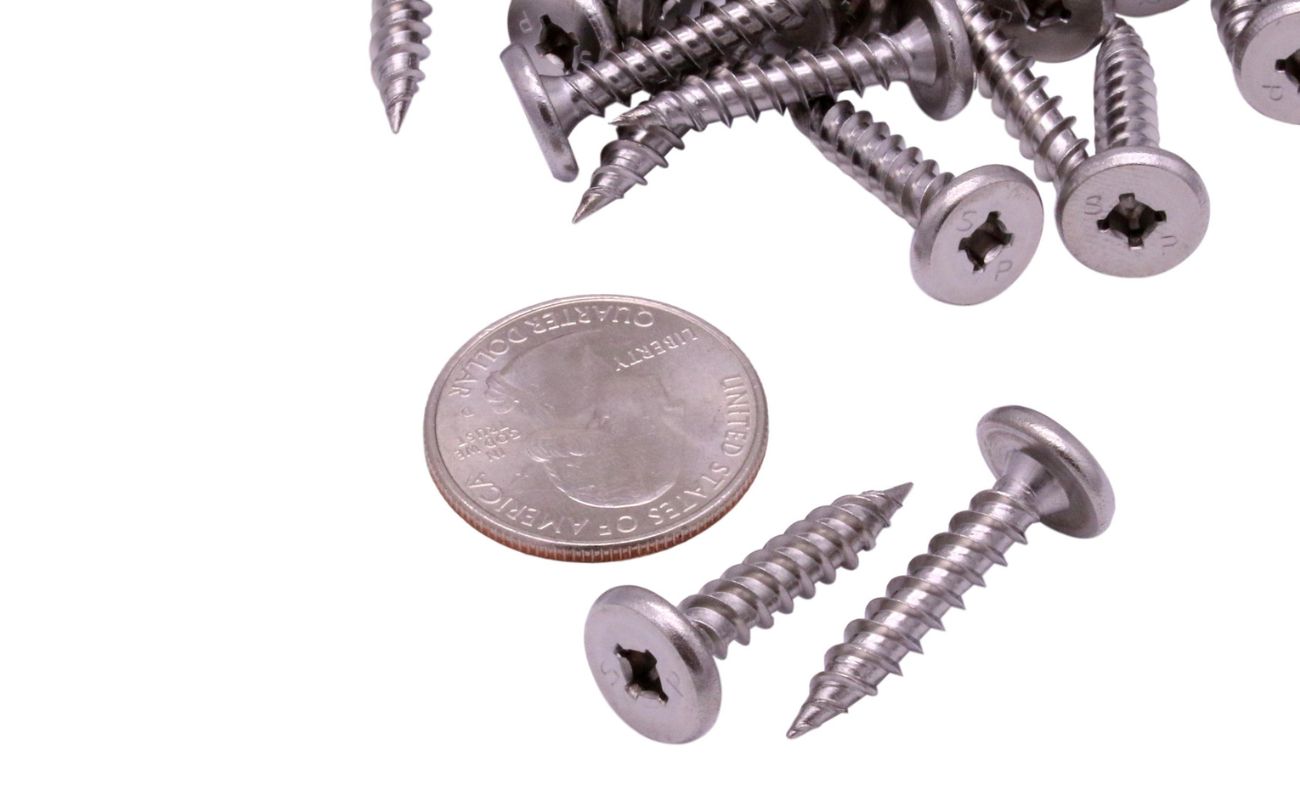
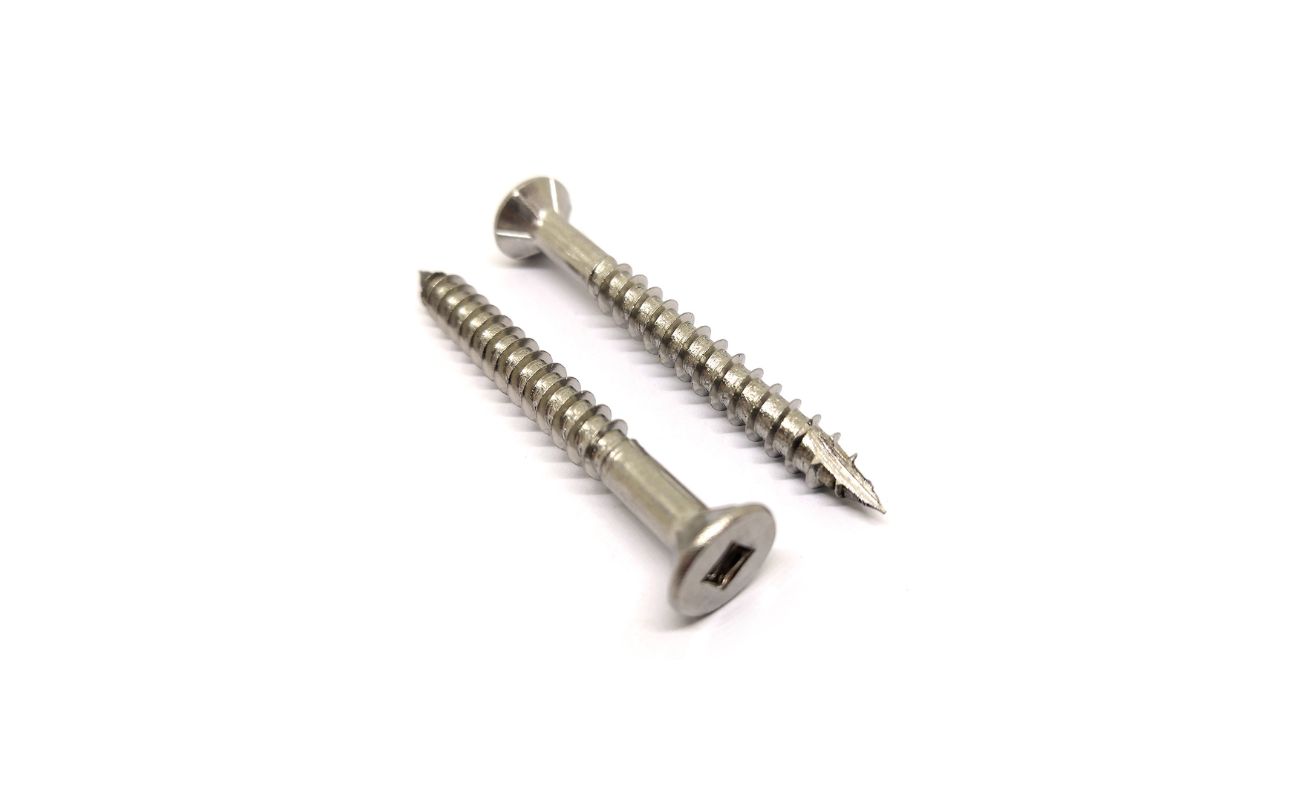
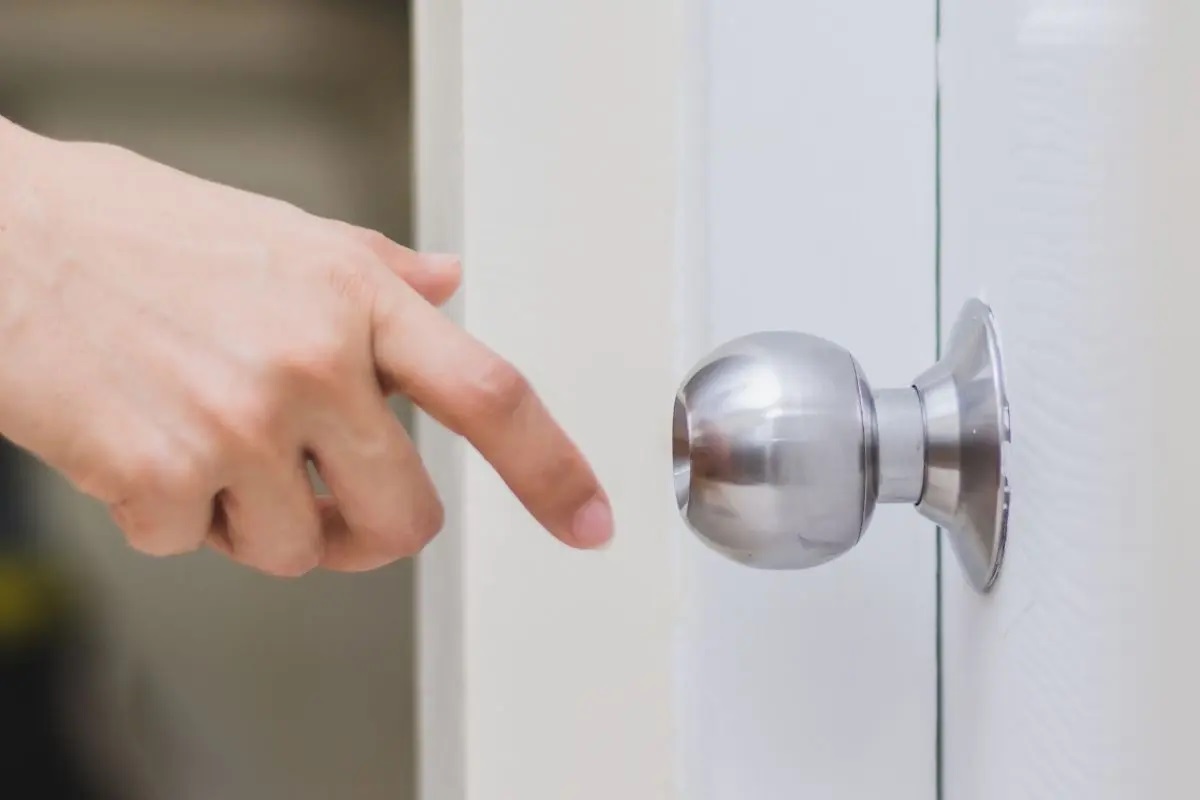
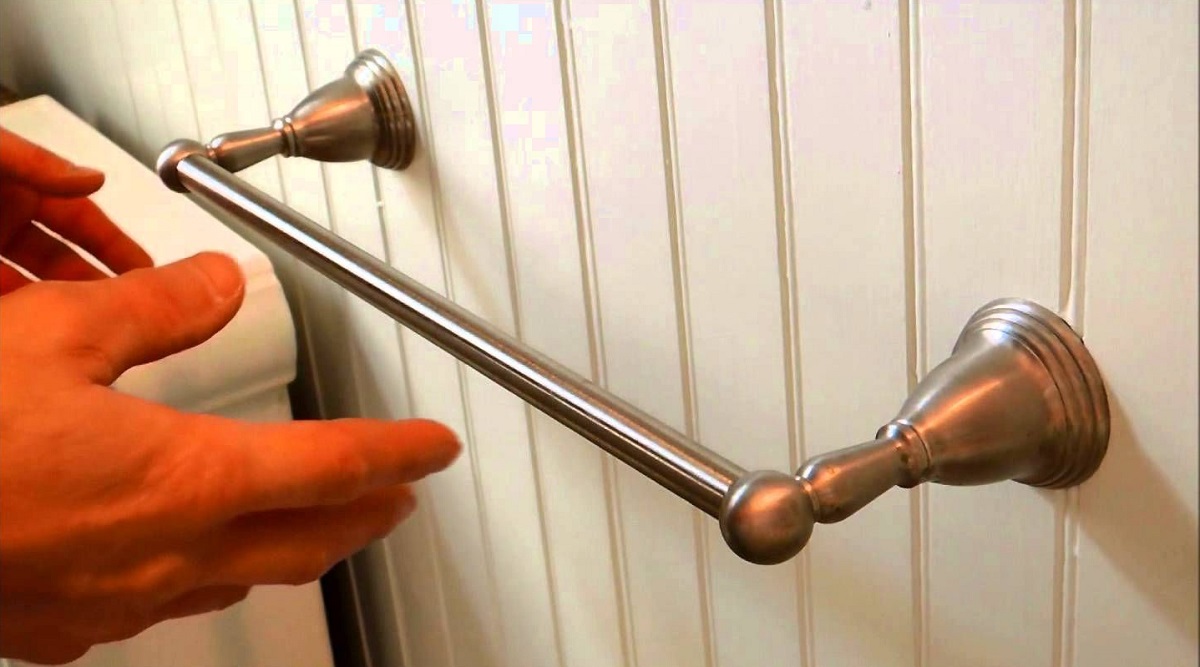
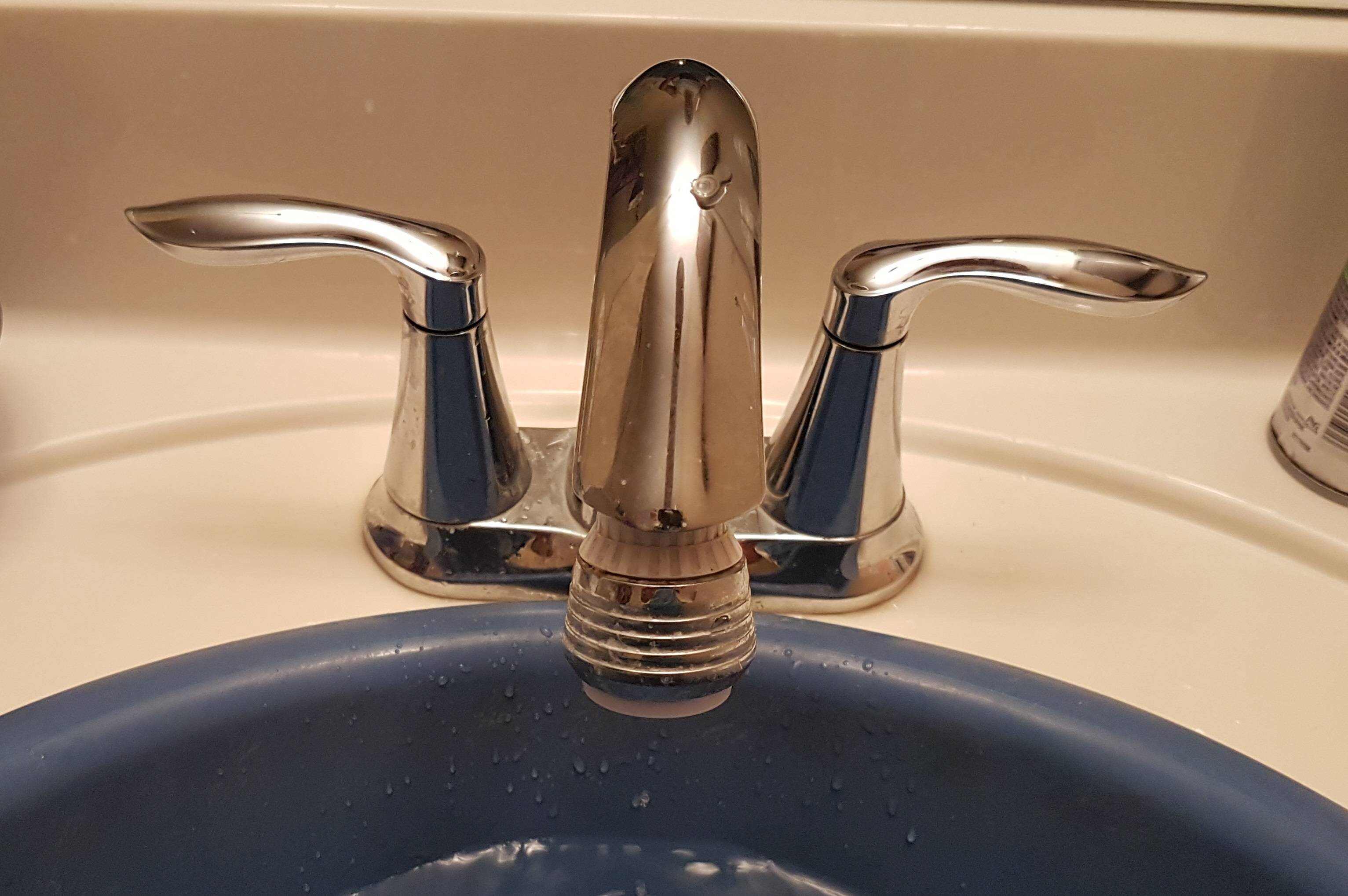


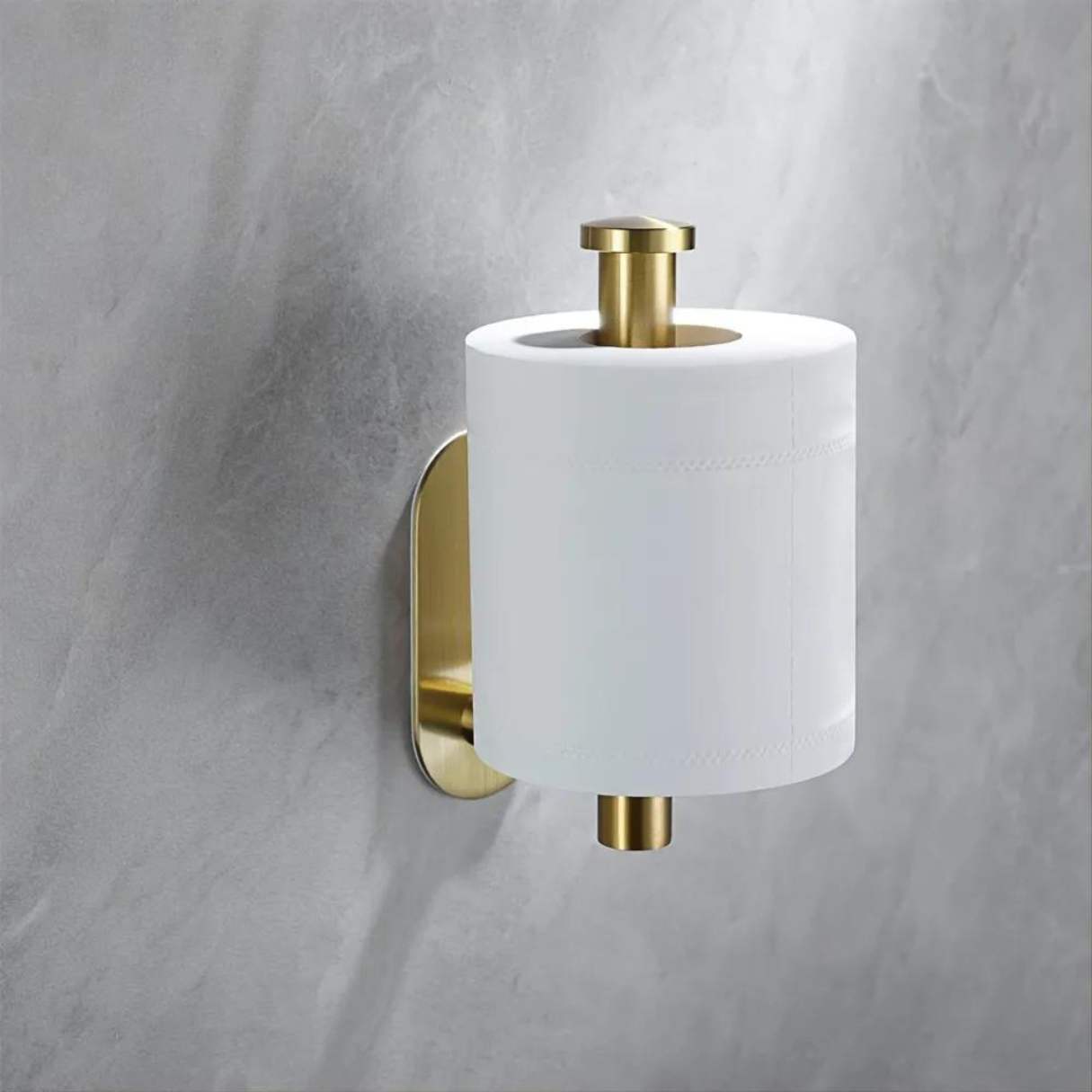
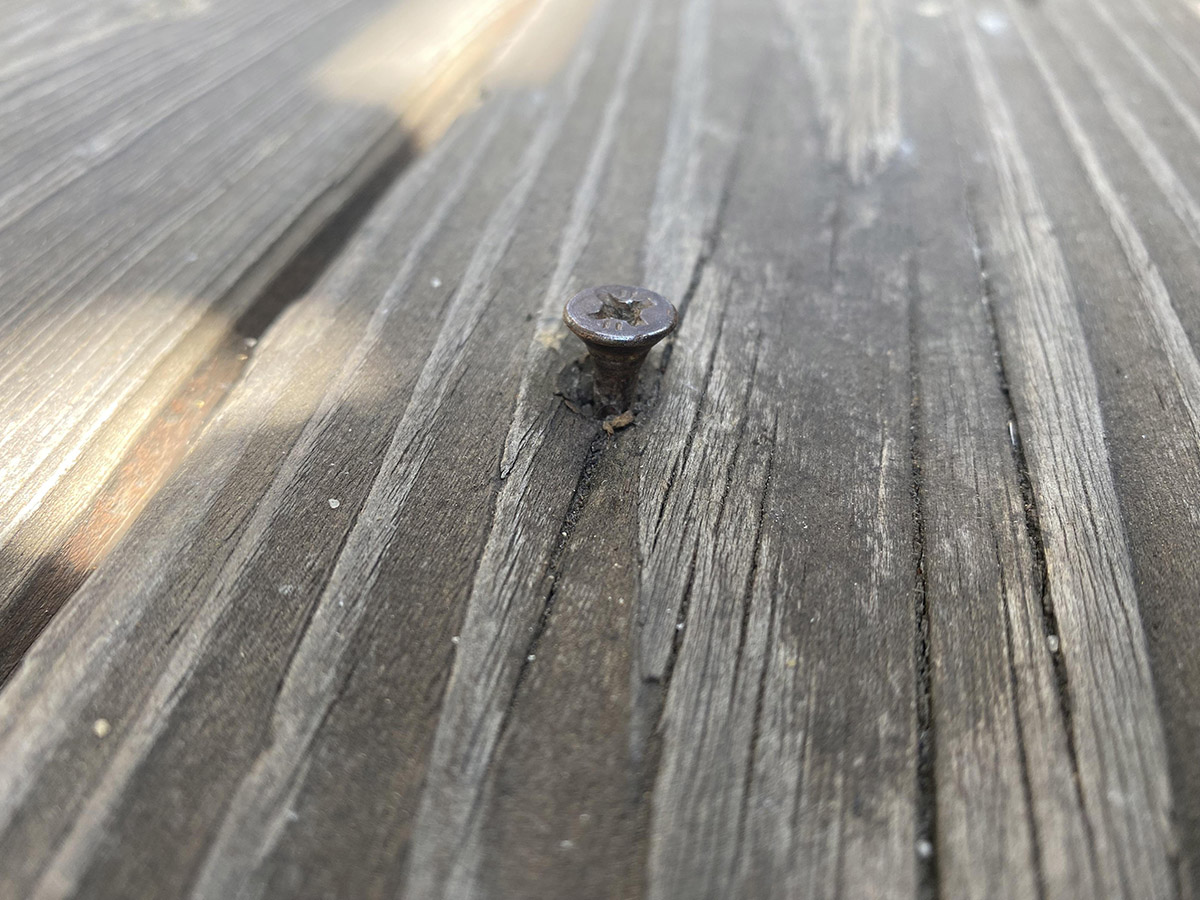

0 thoughts on “How To Remove A Hex Screw Without A Screwdriver”